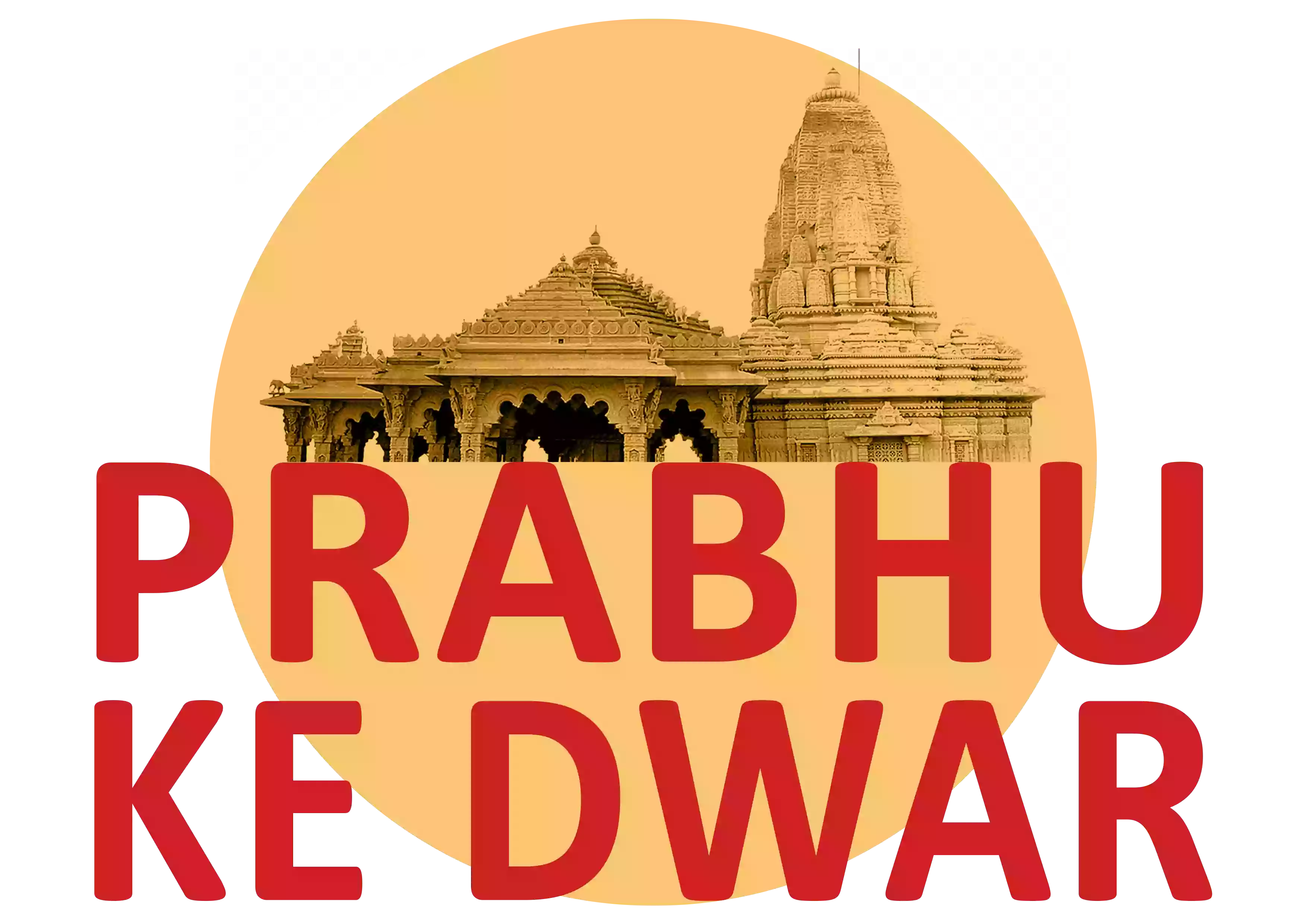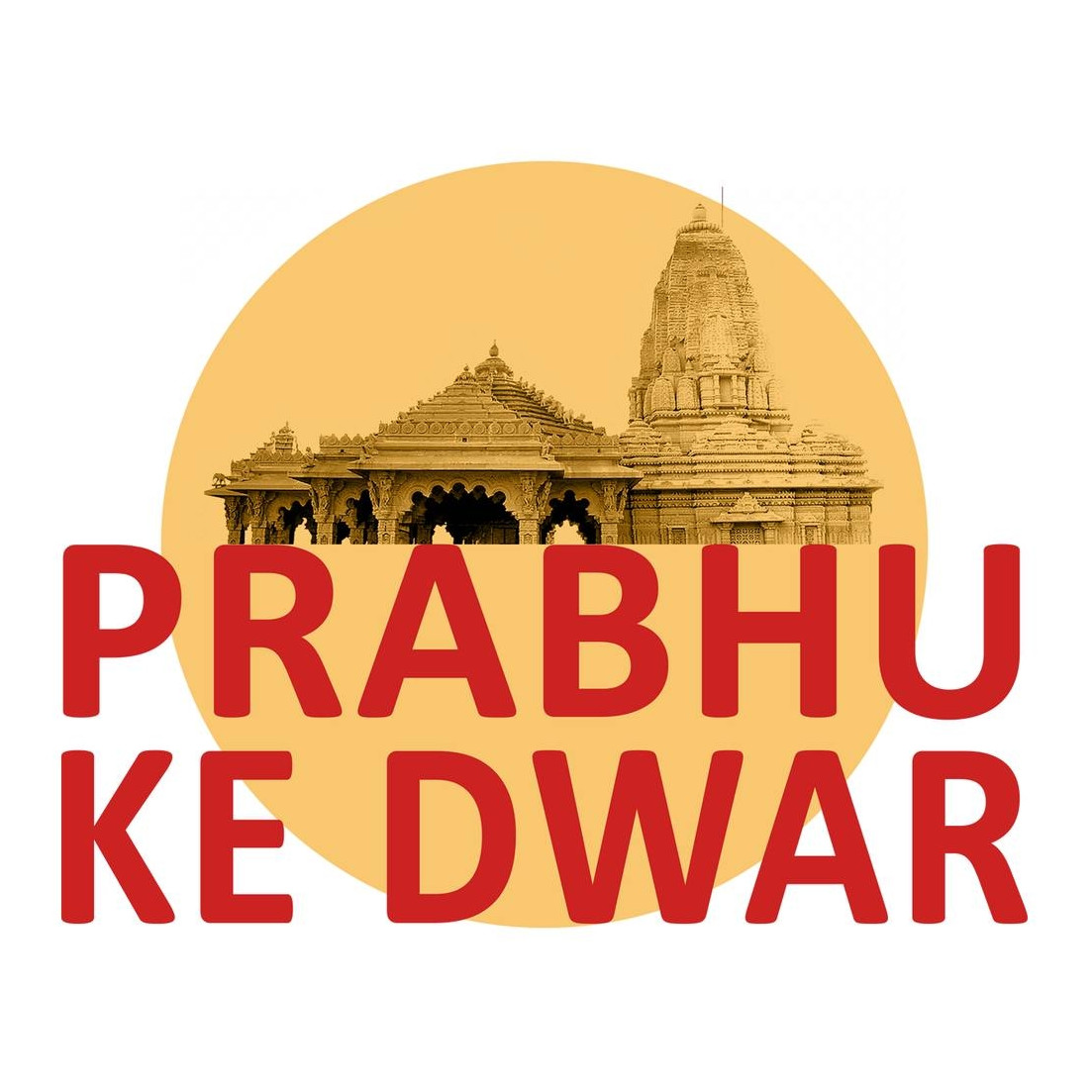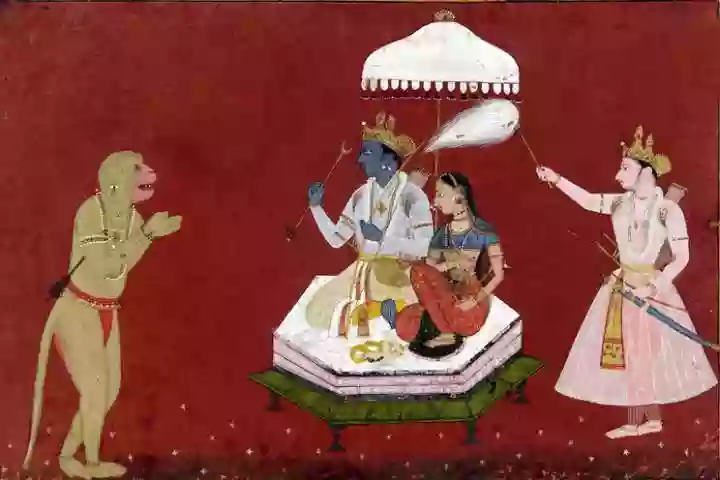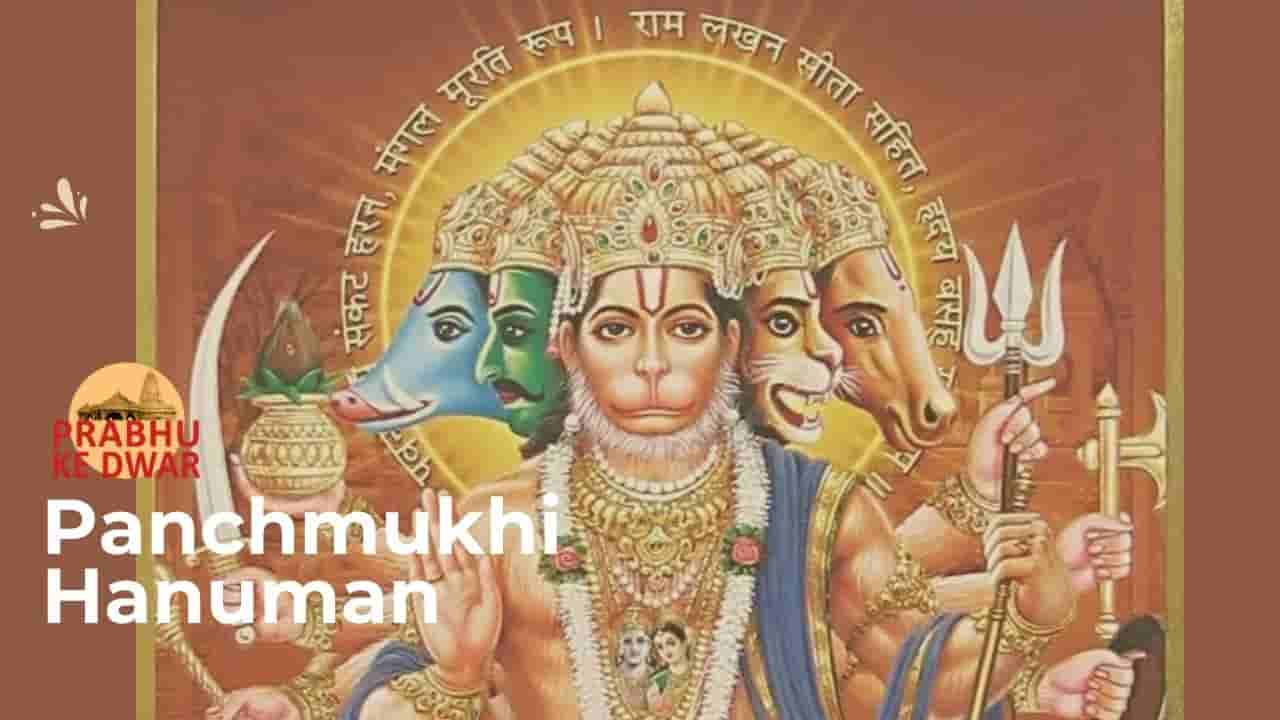| Introduction | The vast tapestry of Hindu mythology, few figures stand out as prominently as Lord Rama. Revered as the seventh avatar of Lord Vishnu, Rama's story is one of virtue, duty, and devotion. But who was Lord Rama, and why does his tale continue to resonate with millions around the world? This article delves into the life, story, and enduring legacy of Lord Rama. |
| Who Was Lord Rama? | Rama, often referred to as Maryada Purushottam (the perfect man), embodies the ideal characteristics of a son, husband, and king. He is celebrated not just for his divine nature but for his adherence to dharma (righteousness). |
| Historical and Mythological Significance | Lord Rama's story is predominantly found in the Ramayana, an ancient Indian epic. This narrative is a blend of mythology and historical elements, making it a cornerstone of Hindu culture and spirituality. |
| The Story of Lord Rama | |
| The Epic of Ramayana | The Ramayana, written by the sage Valmiki, is more than just a tale; it is a guide to living a life of virtue and honor. Spanning over 24,000 verses, it details Rama's life from his birth to his eventual return to the divine plane. |
| Major Events in Lord Rama's Life | - Birth and Childhood: Born to King Dasharatha and Queen Kaushalya in Ayodhya, Rama's birth was marked by divine celebrations.<br> - Exile: Due to a promise made by his father, Rama, along with his wife Sita and brother Lakshmana, was exiled for 14 years.<br> - Rescue of Sita: The epic culminates in the dramatic battle between Rama and the demon king Ravana, who had abducted Sita. |
| When Was Lord Rama Born? | Lord Rama was born on January 10, 5114 BC in Ayodhya. This is 7123 years ago, and falls on the ninth day of Shukla Paksha in Chaitra month. |
| Astrological Context | According to Hindu tradition, Lord Rama was born during the Treta Yuga, an era that predates recorded history. Astrologically, his birth is celebrated on the ninth day of the Chaitra month, known as Ram Navami. |
| Historical Estimates | Scholars and historians have attempted to pinpoint a historical date for Rama's life, with estimates ranging from 5000 BCE to 2000 BCE. However, these remain speculative, blending mythology with history. |
| Lord Rama Avatar | |
| The Concept of Avatars in Hinduism | In Hinduism, an avatar is a divine descent of a deity to the earthly realm. Rama is considered the seventh avatar of Vishnu, whose purpose was to rid the world of evil and establish dharma. |
| Purpose of Rama Avatar | Rama's avatar was specifically to defeat the demon king Ravana and restore balance and righteousness to the world. His life exemplifies the ideals of duty, honor, and devotion. |
| Traditional Celebrations | Ram Navami, marking Rama's birth, is celebrated with great fervor across India and other parts of the world. Devotees perform rituals, chant prayers, and reenact scenes from the Ramayana. |
| Significance in Hindu Calendar | The festival falls in the Hindu month of Chaitra, usually in March or April. It is a time for reflection on Rama's virtues and teachings. |
| How Did Lord Rama Die? | Lord Rama's earthly journey ended as he walked into the Sarayu River, symbolically returning to his divine abode. |
| The End of Rama’s Earthly Life | The end of Lord Rama's earthly journey is a tale of divine return. After completing his duties, he walked into the Sarayu River, symbolically returning to the divine realm. |
| Spiritual Implications | Rama's departure is seen as a reminder of the transient nature of life and the importance of fulfilling one's duties. His life and departure reinforce the principles of dharma. |
| Impact on Culture and Literature | Rama's story has inspired countless works of literature, art, and drama. The Ramayana has been retold in various languages and formats, influencing cultures far beyond India. |
| Temples and Pilgrimages | Numerous temples dedicated to Lord Rama dot the Indian landscape, with Ayodhya being the most significant. Pilgrimages to these sites are a testament to his enduring legacy. |
| Dharma (Righteousness) | Rama's unwavering commitment to dharma, even in the face of immense personal sacrifice, serves as a timeless lesson on the importance of righteousness. |
| Devotion and Duty | His life highlights the virtues of devotion to family, duty towards society, and respect for all beings. Rama's relationships with Sita, Lakshmana, and Hanuman are exemplary. |
| In Literature | Beyond the Ramayana, Rama's tale has been explored in other texts like the Ramcharitmanas by Tulsidas. These works continue to inspire and educate. |
| In Media and Arts | Rama's story has been adapted into films, television series, and theatrical productions, each bringing his tale to new audiences and generations. |
| Religious Celebrations | Festivals like Diwali celebrate Rama's return to Ayodhya and his victory over Ravana, emphasizing the triumph of good over evil. |
| Influence on Contemporary Society | Rama's ideals continue to influence contemporary thought and spirituality, with his story being a moral compass for many. |
| Similarities with Krishna | Like Rama, Krishna, another avatar of Vishnu, played a crucial role in guiding humanity and restoring dharma. Both are celebrated for their divine wisdom and heroic deeds. |
| Differences from Other Avatars | While other avatars like Narasimha and Varaha had more specific and shorter missions, Rama's life was a comprehensive guide to living a virtuous life. |
| Archaeological Findings | Excavations and studies in places like Ayodhya have sought to find historical evidence of Rama's existence, though conclusive proof remains elusive. |
| Scholarly Interpretations | Scholars interpret the Ramayana both as a historical epic and a symbolic narrative, rich with philosophical and moral lessons. |
| Historical Validity | The historicity of Lord Rama and the events of the Ramayana is a subject of debate, with perspectives varying between devout belief and academic skepticism. |
| Cultural Appropriations | Discussions around the portrayal and adaptation of Rama's story in various media sometimes lead to debates on cultural sensitivity and respect for religious sentiments. |
| Conclusion | Lord Rama's life and legacy continue to inspire and guide millions. His story, rich in lessons of virtue, duty, and devotion, transcends time and remains relevant in the modern world. |
| FAQs | |
| Who was Lord Rama? | Lord Rama was the seventh avatar of Vishnu, celebrated for his righteousness and adherence to dharma. |
| What is the significance of Ramayana? | The Ramayana is an ancient epic that narrates the life and adventures of Lord Rama, offering timeless lessons on virtue and duty. |
| How is Lord Rama worshipped today? | Devotees worship Lord Rama through prayers, rituals, and festivals like Ram Navami and Diwali, celebrating his life and teachings. |
| What lessons can we learn from Lord Rama’s life? | Lord Rama's life teaches the importance of righteousness, devotion to duty, and unwavering commitment to moral values. |
| How did Lord Rama die? | Lord Rama's earthly journey ended as he walked into the Sarayu River, symbolically returning to his divine abode. |
Also Read:
- 24 Lord Vishnu Avatars - Images, Entire List and Stories
- Sushena in Ramayana - The Wise Healer and Advisor
Short Tale :
Lord Rama, also known as Ramachandra, is one of the most revered figures in Hindu mythology. He is considered to be the seventh avatar of Lord Vishnu, one of the principal deities in Hinduism. Lord Rama was born in Ayodhya, a city in the northern Indian state of Uttar Pradesh, to King Dasharatha and Queen Kaushalya.
The story of Lord Rama's life is chronicled in the epic poem, the Ramayana, written by the sage Valmiki. According to the Ramayana, Lord Rama lived during the Treta Yuga, one of the four yugas or ages of Hinduism. He is considered to be the epitome of virtue, righteousness, and honor. He is also revered for his unwavering devotion to his wife, Sita.
Lord Rama's life is filled with many famous stories and incidents. Perhaps the most famous of these is the story of his exile, which lasted for fourteen years. Lord Rama, along with his wife Sita and his brother Lakshmana, went into the forest to live as ascetics. During this time, they encountered many challenges, including battles with demons and the kidnapping of Sita by the demon king Ravana.
The story of Lord Rama's battle with Ravana is one of the most famous in Hindu mythology. Ravana was a powerful demon king who had abducted Sita and taken her to his kingdom of Lanka. Lord Rama, with the help of his allies, including the monkey god Hanuman, waged a fierce battle against Ravana and his army. In the end, Lord Rama emerged victorious and rescued Sita.
Lord Rama's life is considered to be a model for how one should live. He is revered for his devotion to duty, his love for his family, and his unwavering commitment to righteousness. His life has inspired countless generations of Hindus and is celebrated every year during the festival of Diwali.
Lord Rama is one of the most revered figures in Hindu mythology. His life is filled with stories of virtue, righteousness, and honor. He is considered to be the epitome of what it means to be a good person and his life continues to inspire people to this day.



